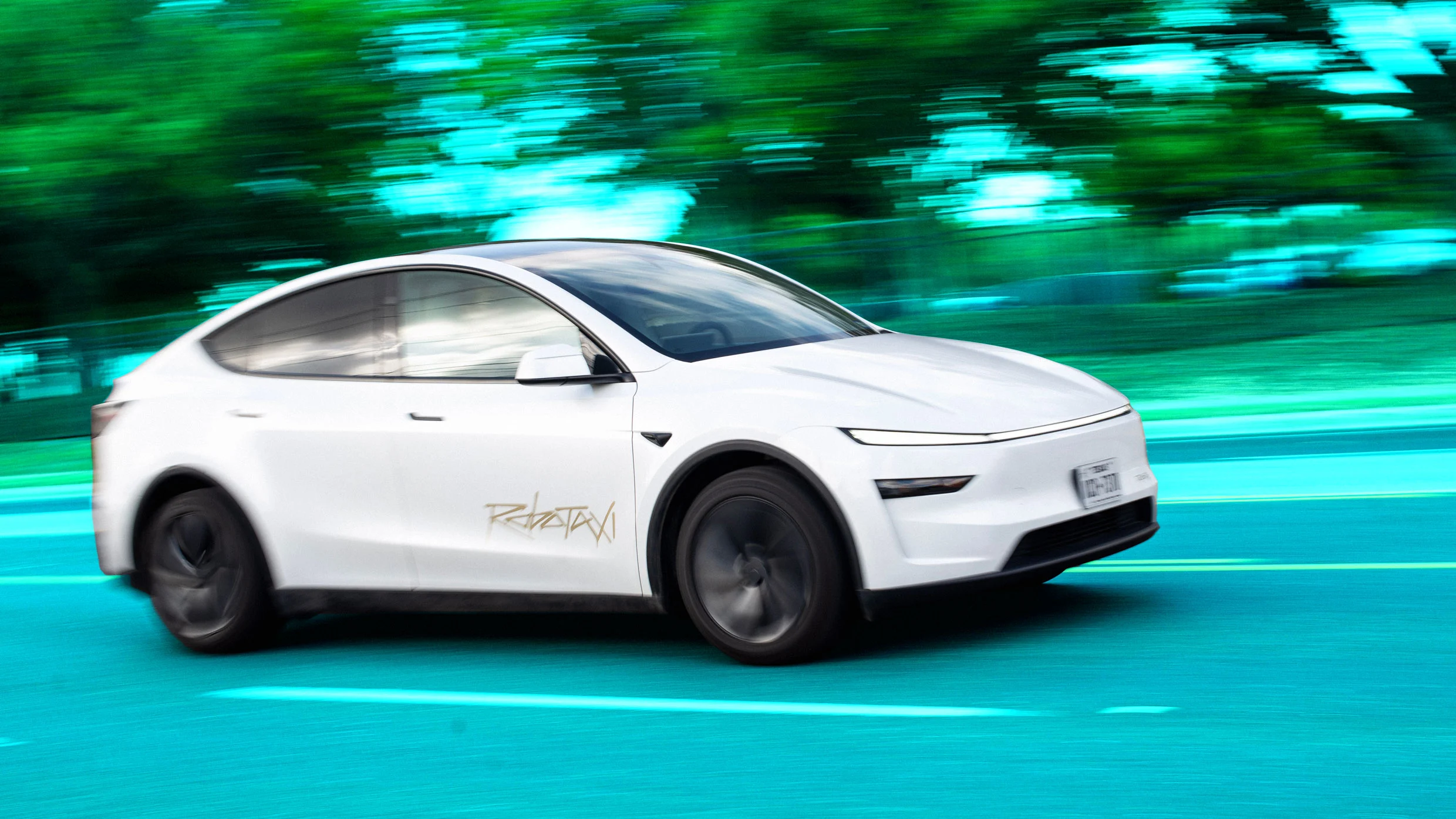
"Me: "Are you here just to monitor for safety?" Guy sitting in the driver's seat of the Tesla Model Y I'm riding in: "I can't specify." That was the extent of the conversation during a recent trip I took using Tesla's Robotaxi service. I was curious why the car that picked me up had a human in it: After all, Tesla bills its service as "the future of autonomy," and the car did, in fact, drive itself for the entirety of my 4.5-mile journey."
"For one thing, I spent time on a waitlist before being allowed to start hailing cars. For another, Tesla reportedly launched Robotaxi in the Bay Area without securing the necessary approval to operate a fleet of autonomous vehicles in California. Its Robotaxis are autonomous in the same sense that any Tesla car with the misleadingly named " full self driving " package is autonomous."
"Hence the need for the guy in the driver's seat-a safety monitor who could take over in an emergency. It's a little like getting a lift from a friend who owns a Tesla, who would also be required to stay behind the wheel. In Austin, where Tesla is further along in the regulatory process, the company initially put the safety monitors in the front passenger seat, but has reportedly moved them to the driver's seat as well."
Tesla launched its Robotaxi service in Austin and later in the San Francisco Bay Area, but the deployment remains limited and operates like its Full Self-Driving package rather than true driverless taxis. Riders may wait on a list before hailing vehicles, and cars include human safety monitors who can take over in emergencies. Tesla reportedly began Bay Area operations without necessary California approvals, and the company did not respond to media questions. In Austin the safety monitors were initially seated in the front passenger seat and were later moved to the driver's seat. The service falls short of autonomous fleet deployment.
Read at Fast Company
Unable to calculate read time
Collection
[
|
...
]